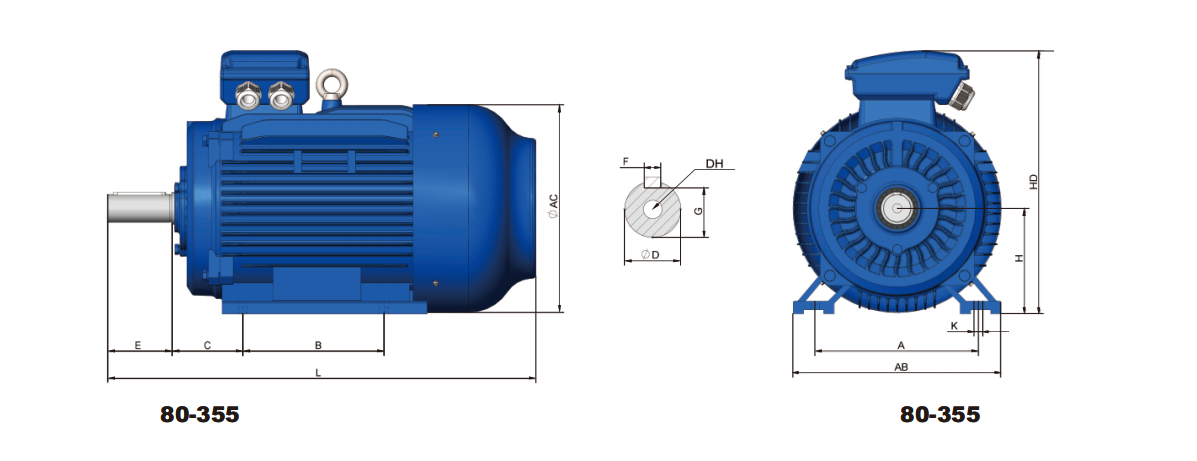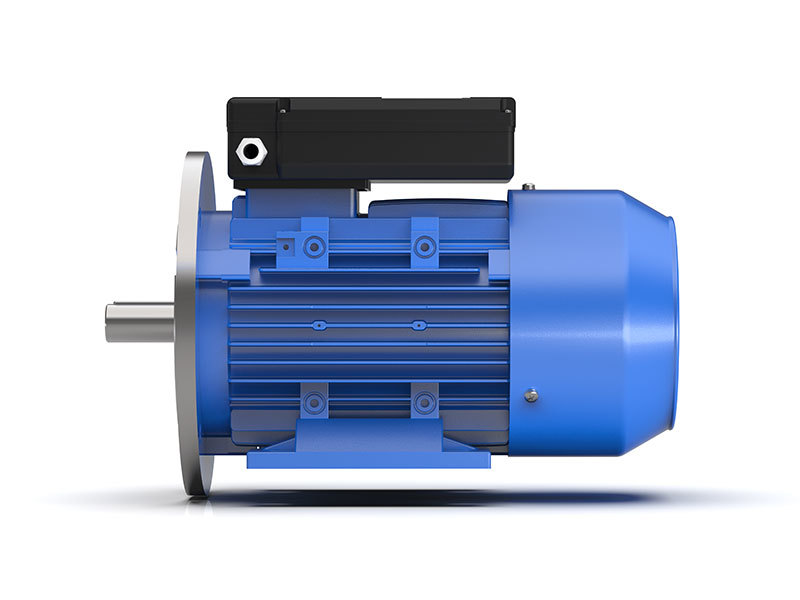Exploring the Environmental Impact of G-GOST Motors: A Comprehensive Analysis
Mar 22,2025
Exploring the Environmental Impact of G-GOST Motors
Table of Contents
- 1. Introduction to G-GOST Motors
- 2. The Importance of Electric Motors in Today's World
- 3. Environmental Benefits of G-GOST Motors
- 3.1 Energy Efficiency and Consumption
- 3.2 Reduction in Carbon Footprint
- 3.3 Use of Sustainable Materials
- 4. Regulatory Standards and G-GOST Compliance
- 5. Case Studies: G-GOST Motors in Action
- 6. Future Innovations in G-GOST Technology
- 7. Challenges Facing G-GOST Motors
- 8. Frequently Asked Questions (FAQs)
- 9. Conclusion
1. Introduction to G-GOST Motors
The advent of electric motors has marked a significant turnaround in the field of electrical engineering, with G-GOST motors leading the charge in innovation and sustainability. These motors are designed not only to maximize performance but also to minimize environmental impact. In this section, we will explore the fundamental characteristics of G-GOST motors and their role in reducing ecological footprints.
2. The Importance of Electric Motors in Today's World
Electric motors are at the heart of modern technology. From powering our homes and industries to facilitating transportation and renewable energy systems, these motors are pivotal in driving efficiency and sustainability. As we face the growing threat of climate change, understanding the environmental implications of electric motors, particularly G-GOST motors, becomes critical.
2.1 The Shift Towards Sustainable Energy Solutions
We are witnessing a global shift towards sustainable energy solutions, and electric motors, especially those classified under G-GOST standards, offer a promising pathway to achieving these goals. By leveraging advanced technologies, G-GOST motors enhance performance while curtailing energy consumption.
2.2 Economic Viability of Electric Motors
In addition to their environmental benefits, electric motors are economically viable. By utilizing G-GOST motors, industries can reduce operational costs associated with energy consumption, maintenance, and emissions, making them an attractive alternative to traditional motors.
3. Environmental Benefits of G-GOST Motors
G-GOST motors stand out due to their array of environmental benefits, which include energy efficiency, reduced carbon footprints, and the use of sustainable materials.
3.1 Energy Efficiency and Consumption
**Energy efficiency** is a cornerstone of G-GOST motors. These motors are engineered to consume less energy while providing the same or even higher levels of output compared to conventional motors. This efficiency translates into lower energy bills and reduced reliance on fossil fuels.
3.2 Reduction in Carbon Footprint
The **reduction of carbon emissions** is another significant environmental benefit of G-GOST motors. By operating on cleaner energy sources and improving energy efficiency, these motors contribute significantly to lowering greenhouse gas emissions. This effort aligns with global initiatives aimed at combating climate change and fostering a sustainable future.
3.3 Use of Sustainable Materials
G-GOST motors also prioritize sustainability through their construction materials. Many G-GOST motors utilize recyclable components and materials sourced from sustainable practices. This commitment to sustainability further minimizes their environmental footprint throughout their lifecycle.
4. Regulatory Standards and G-GOST Compliance
Compliance with environmental regulations is critical for manufacturers of electric motors. G-GOST motors adhere to stringent regulatory standards, ensuring their performance meets both safety and environmental benchmarks. Understanding these regulations enables manufacturers to produce motors that not only function effectively but also align with global sustainability goals.
5. Case Studies: G-GOST Motors in Action
Examining real-world applications of G-GOST motors provides insight into their practical benefits. Case studies illustrate how industries leverage G-GOST technology to achieve significant reductions in energy consumption and emissions.
5.1 Industry Case Study: Manufacturing
In the manufacturing sector, companies employing G-GOST motors report considerable savings in energy costs and emissions. By integrating these motors into production lines, these companies boost operational efficiency while adhering to sustainability commitments.
5.2 Industry Case Study: Renewable Energy
The use of G-GOST motors in renewable energy applications, such as wind and solar energy systems, further highlights their environmental advantages. These motors help maximize energy conversion efficiencies while ensuring minimal environmental disruption.
6. Future Innovations in G-GOST Technology
As the demand for energy-efficient solutions grows, G-GOST technology continues to evolve. Innovations in this field focus on enhancing motor efficiency, durability, and sustainability. Future developments may include advanced materials, smarter designs, and integration with renewable energy systems, further solidifying the role of G-GOST motors in a sustainable future.
7. Challenges Facing G-GOST Motors
While G-GOST motors offer significant environmental benefits, they are not without challenges. Issues such as manufacturing costs, competition with conventional motors, and the need for widespread infrastructure improvements can hinder their adoption. Addressing these challenges is essential for maximizing the potential of G-GOST technology.
8. Frequently Asked Questions (FAQs)
8.1 What are G-GOST motors?
G-GOST motors are electric motors designed to meet specific efficiency and sustainability standards, resulting in reduced energy consumption and carbon emissions.
8.2 How do G-GOST motors contribute to energy efficiency?
These motors are engineered to maximize performance while minimizing energy use, leading to lower operational costs and reduced reliance on non-renewable energy sources.
8.3 Are G-GOST motors more expensive than traditional motors?
While the upfront cost may be higher, the long-term savings in energy expenses and maintenance often outweigh initial investments.
8.4 What industries benefit from G-GOST motors?
G-GOST motors benefit a wide range of industries, including manufacturing, renewable energy, automotive, and HVAC systems, among others.
8.5 How does G-GOST technology align with global sustainability goals?
By reducing energy consumption and carbon emissions, G-GOST motors contribute to global initiatives aimed at combating climate change and promoting sustainable practices.
9. Conclusion
The exploration of the environmental impact of G-GOST motors reveals their potential as a leading solution in the quest for sustainability. Through enhanced energy efficiency, reduced carbon footprints, and adherence to regulatory standards, G-GOST motors play a crucial role in shaping a greener future. As innovation continues to evolve within this space, the benefits of G-GOST motors will only become more pronounced, underscoring their importance in today's environmentally conscious world. Embracing this technology is not just a choice; it’s a necessity for a sustainable, eco-friendly future.








